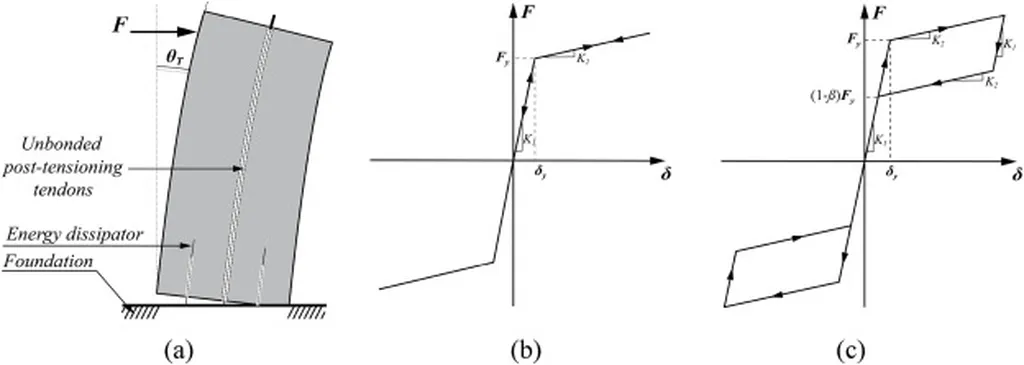In the quest to optimize foundation design for energy sector infrastructure, a groundbreaking study led by Kabeta Worku Firomsa from the Faculty of Civil and Environmental Engineering at Gdańsk University of Technology has shed new light on the behavior of tapered walls under vertical loading. The research, published in *Studia Geotechnica et Mechanica* (which translates to *Studies in Geotechnics and Mechanics*), explores how the geometry of tapered walls influences their load-bearing capacity and failure mechanisms, with significant implications for the energy sector.
Firomsa and his team employed a combination of numerical methods and experimental data to investigate three distinct tapered wall configurations: straight walls (0° taper), moderately tapered walls (0.75°), and sharply tapered walls (1.5°). The study utilized finite element method simulations, incorporating both Mohr–Coulomb and hardening Mohr–Coulomb models, as well as limit analysis with LimitState GEO. The findings revealed that the moderately tapered walls achieved the optimal balance of shaft friction and base resistance, offering a compelling case for their use in energy sector applications.
“Our results demonstrate that the taper geometry significantly influences the load-bearing capacity and failure mechanisms of tapered walls,” Firomsa explained. “The moderately tapered configuration showed the best performance, providing a balanced approach that could enhance the stability and efficiency of foundations in various energy projects.”
The research also highlighted the importance of incorporating installation effects into numerical models. The study found that numerical predictions underestimated the experimental results by up to 30%, primarily due to the absence of installation-induced effects in the models. This underscores the necessity of refining modeling techniques to account for these factors, ensuring more accurate and realistic designs.
For the energy sector, these findings are particularly relevant. As the industry continues to invest in large-scale infrastructure projects, understanding the behavior of tapered walls under vertical loading can lead to more efficient and cost-effective foundation designs. By optimizing the taper angle, engineers can enhance the load-bearing capacity of foundations, reducing the risk of failure and improving the overall stability of structures.
“This research has the potential to shape future developments in the field of geotechnical engineering,” Firomsa noted. “By incorporating installation effects and refining our modeling techniques, we can achieve more accurate predictions and designs, ultimately benefiting the energy sector and other industries that rely on robust foundation systems.”
As the energy sector continues to evolve, the insights gained from this study will be invaluable in driving innovation and improving the reliability of foundation designs. By leveraging the findings of Firomsa’s research, engineers and developers can make more informed decisions, ensuring the success and longevity of their projects.
In the ever-changing landscape of geotechnical engineering, this study serves as a reminder of the importance of continuous research and innovation. As Firomsa and his team continue to push the boundaries of our understanding, the energy sector stands to benefit from more efficient, stable, and cost-effective foundation solutions.

